
Business
15:30, 12-Oct-2017
What's in a name? Handbag icon Coach to become Tapestry
by Nicholas Moore
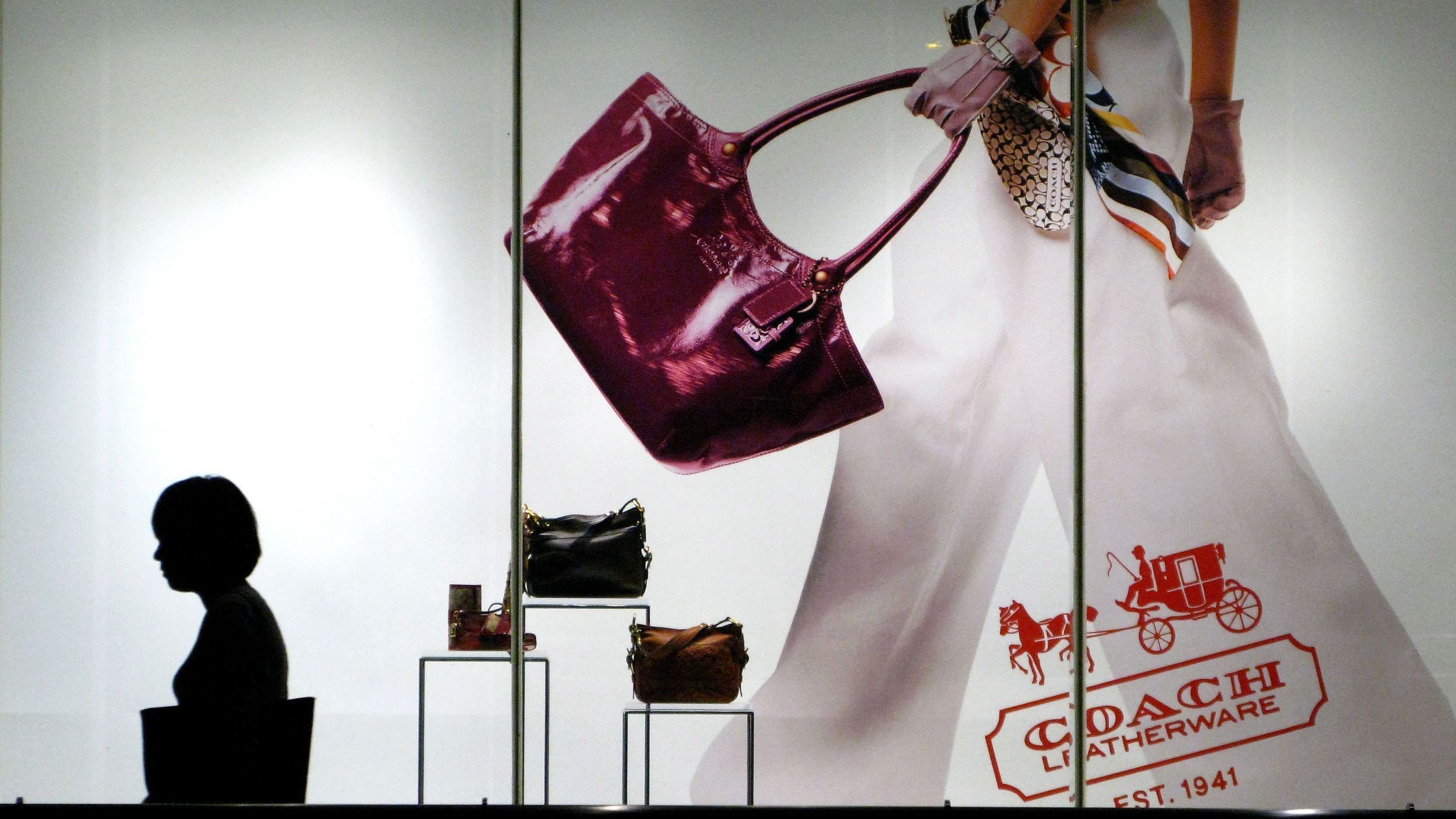
Handbag icon Coach Inc. suffered a backlash on Wednesday after announcing it would be changing its corporate name to Tapestry Inc., effective from the end of this month.
The 76-year-old company has chosen Tapestry to reflect “creativity, craftsmanship, authenticity and inclusivity on a shared platform,” reports CNBC, with brands like Coach, Kate Spade and Stuart Weitzman set to all be “interwoven” under the name change.
However, Twitter users did not take kindly to the announcement, with Andrea Wasserman, a former Nordstrom executive, calling it “bizarre.” Markets also responded negatively, as Coach shares dropped 2.83 percent.
On Weibo, while some Chinese netizens were equally bemused, others questioned why it was such a big deal – with @khaosean saying “they’re changing the company name, not the brand, why all the negative comments?”
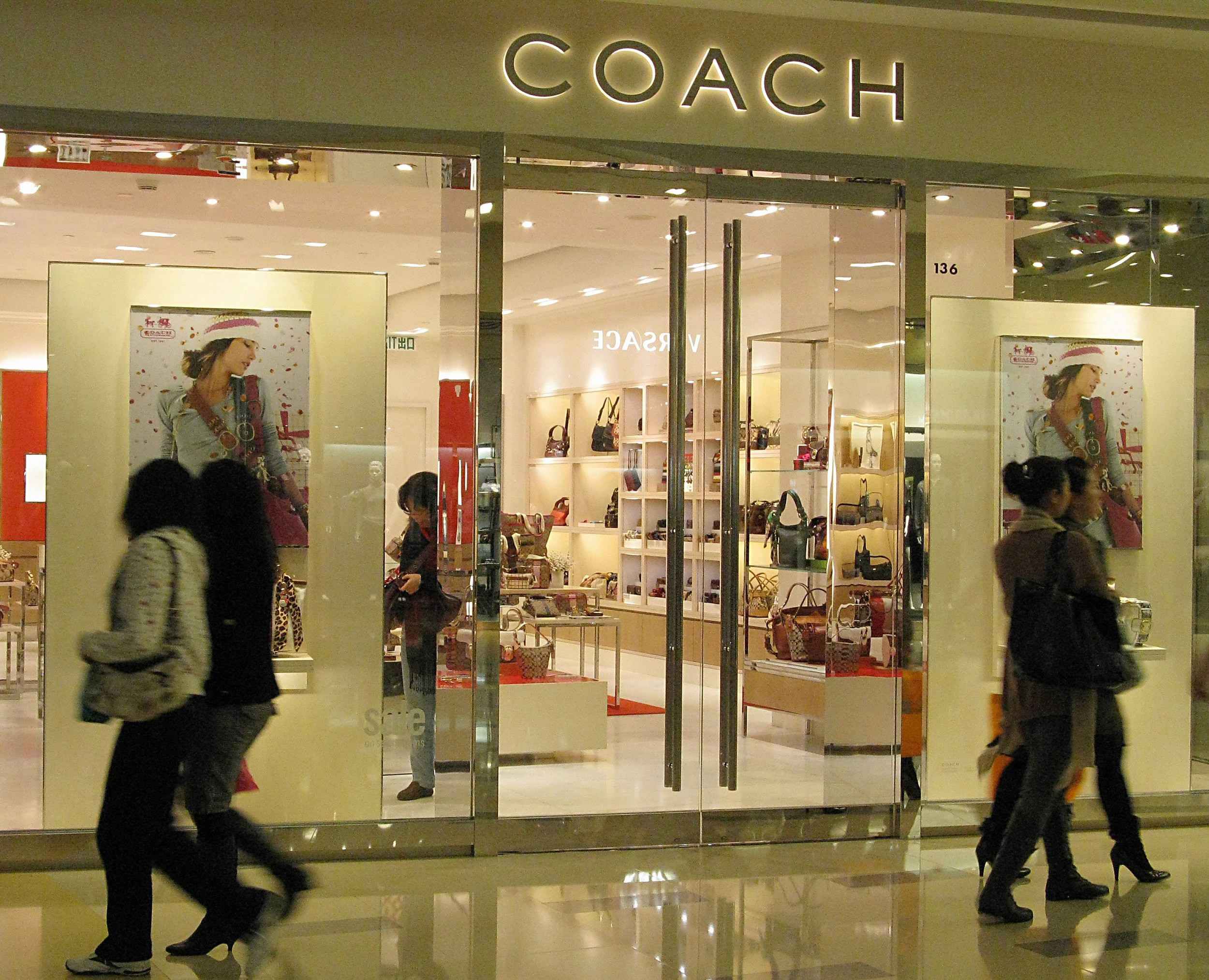
A Coach store in Shenzhen, south China's Guangdong Province. /VCG Photo
A Coach store in Shenzhen, south China's Guangdong Province. /VCG Photo
Coach was one of the first luxury brands to enter China, forming partnerships with local distributors as early as 1998, and becoming an early force in the country’s e-commerce. Its loyal fan base in China has seen double digit growth continue in recent years despite a slowdown for other luxury brands.
So will Coach’s transformation into Tapestry affect the fashion giant, or is the negative reaction out of proportion? With China a key target for any major international brand, Chinese cultural and language differences make risky rebranding strategies even more complicated. Here are some more examples of brand name overhauls which Coach can learn from.
Backrub, Google, Alphabet
Google has become so ubiquitous that the word has become a verb in everyday language (“I’ll just Google it” etc.). But if the search engine had stuck with its original name of “Backrub,” things might have been different.
As a research project developed by Larry Page and Sergey Brin at Stanford University, the now billionaire founders of Google changed its name in 1997, adapting the word “googol” (a large number represented by one followed by a hundred zeroes).
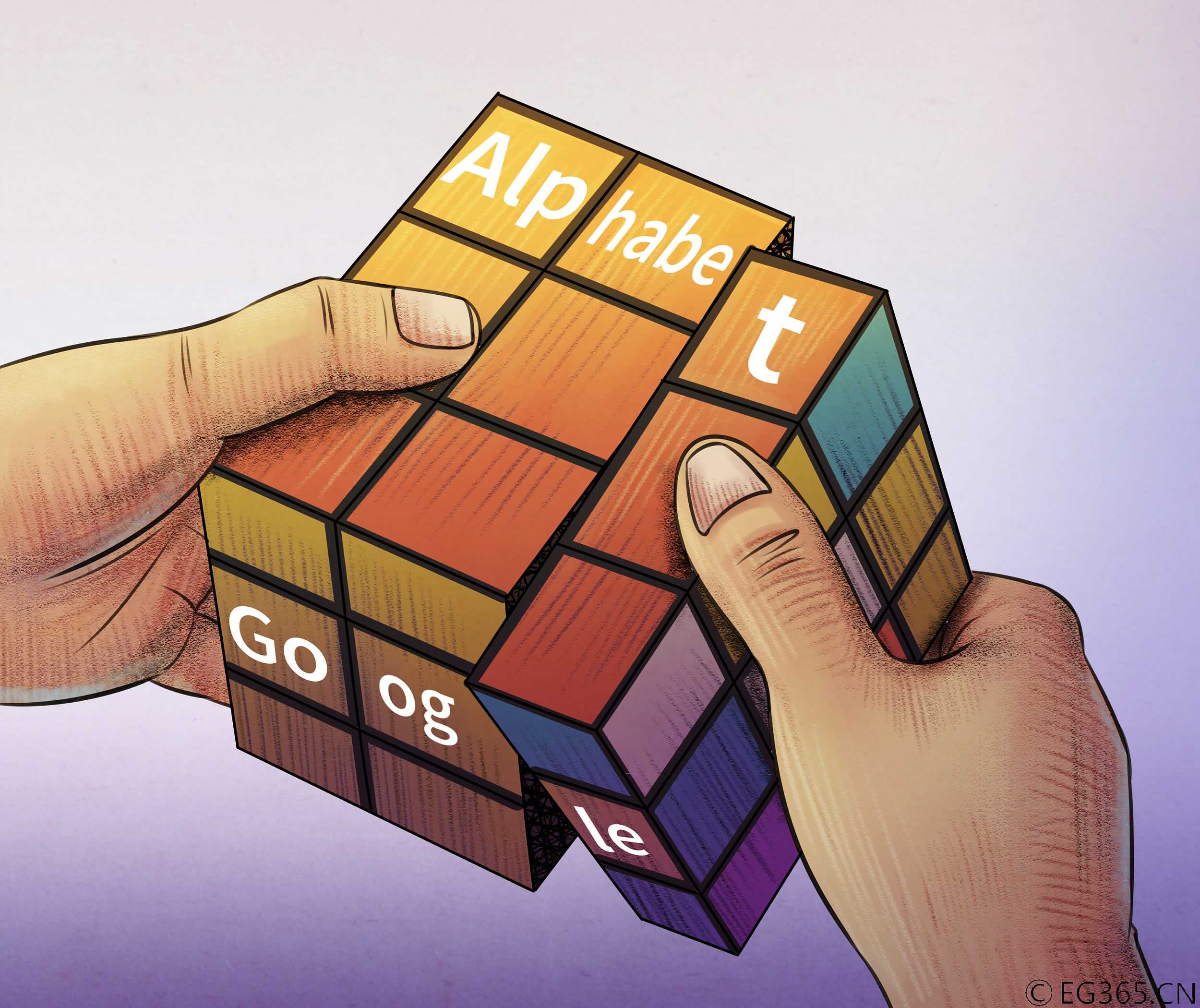
Google's restructure and the creation of Alphabet in 2015 initially caused confusion in the tech world. /VCG Photo
Google's restructure and the creation of Alphabet in 2015 initially caused confusion in the tech world. /VCG Photo
In 2015, Google restructured and formed a new parent company called Alphabet, which covers the tech giant’s various arms, including the search engine itself, YouTube and Android. Despite initial criticism for being overly simplistic, the name change has done little to dent Alphabet’s fortunes – with a market cap of more than 690 billion US dollars it is the world’s second biggest company behind Apple.
Apple Computer, Apple, 苹果
Despite conjuring up images of Isaac Newton and creativity, founder Steve Jobs said he chose the name because of a visit to an apple farm, and the name has stuck ever since the launch of the Macintosh in 1984.
It wasn’t until 2007 that the company dropped “computer” from its brand name, after branching out to mobile technology, app development and other areas of cutting edge technology.
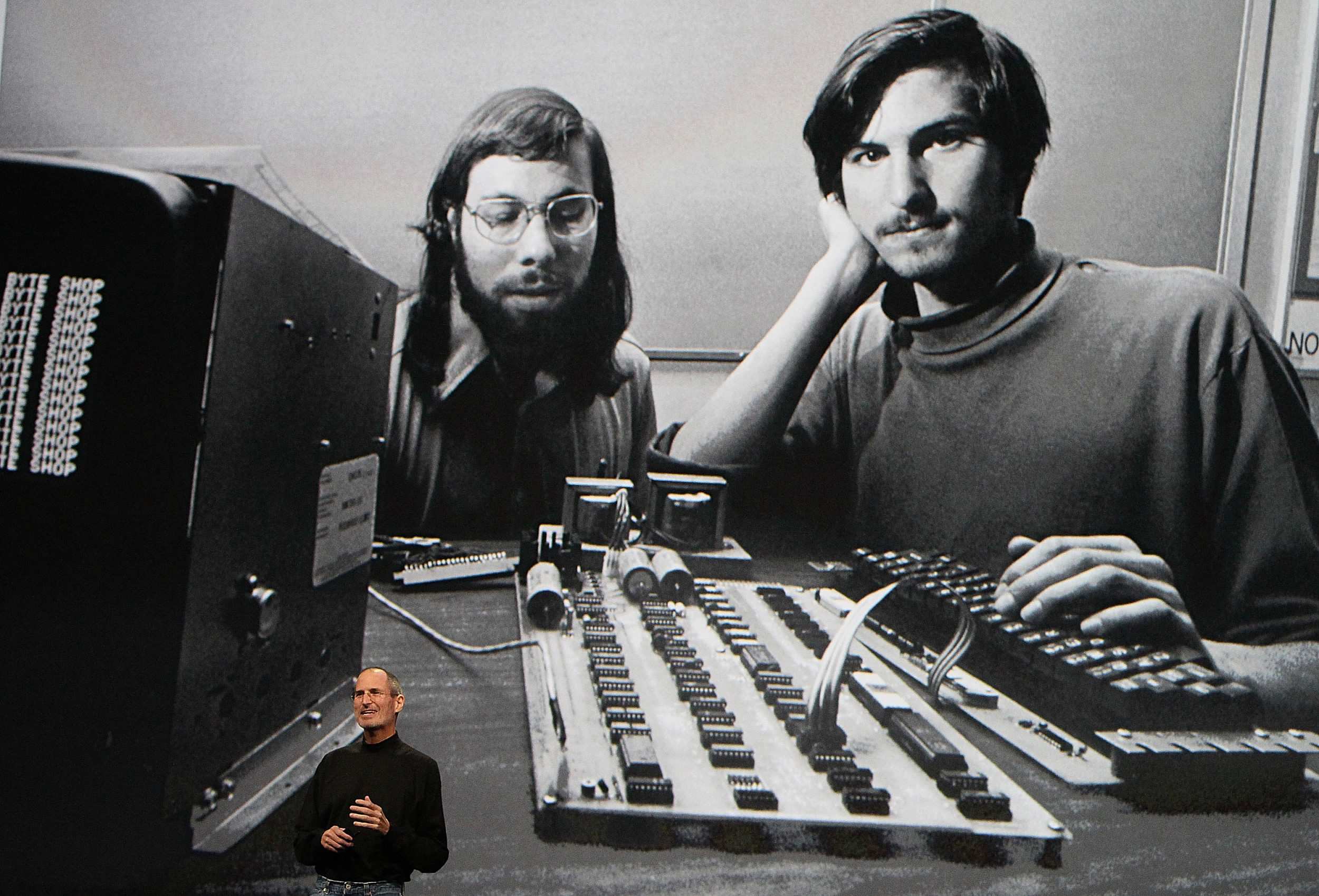
Steve Jobs and Steve Wozniak work on the original Apple computer, the Macintosh. /VCG Photo
Steve Jobs and Steve Wozniak work on the original Apple computer, the Macintosh. /VCG Photo
Other tech companies have sought to change their brands to avoid being pigeonholed to one product – Snapchat’s change in 2016 to Snap Inc. coincided with the company unveiling video-enabled sunglasses and other products beyond its messaging app.
Apple has also been a major success story in China, where it is known as 苹果 (pingguo) – the literal translation of the word “apple”. According to a study by Harvard Business Review (HBR), only 24 percent of major international brands follow Apple’s lead by directly translating their name into Chinese.
Forty-three percent opt for Chinese names which sound as close to the original brand as possible, even if any sense of meaning is lost (Sony for example is called suoni or 索尼, which translates as “search priest.”)
However, chasing phonetic similarity doesn’t always pull off. Microsoft’s search engine Bing sounds like the Chinese word for “sick” (病), and despite calling itself “biying” (必应), has struggled to take off in the country.
Blue Ribbon Sports, Nike, 耐克
Founded in the US as Blue Ribbon Sports in 1964 before naming itself after the Greek goddess of victory, Nike’s swoosh logo shows that brands can transcend language and spread worldwide with images alone (helped by extensive and expensive marketing campaigns).
Its Chinese name 耐克 (naike) is an example of intelligent Middle Kingdom marketing that both phonetically reinforces the global brand name and evokes the brand’s identity thanks to the meaning of the two characters (“endurance, conquer”).
According to HBR’s study, only 22 percent of international brands opt for Chinese names which reflect both the sound and meaning of the brand. However, HBR says this branding strategy gives products in China “the best chance of success.”
Trying too hard? Airbnb and 爱彼迎 (welcome each other with love)
For modern foreign companies keen to get a foothold in the Chinese market, the pressure to get the brand name right first time is tough. Perhaps that’s why, according to ThePaper.cn, Airbnb has registered 11 different brand names in China, out of fear that consumers won’t warm to its current choice of Aibiying (爱彼迎, “welcome each other with love”).
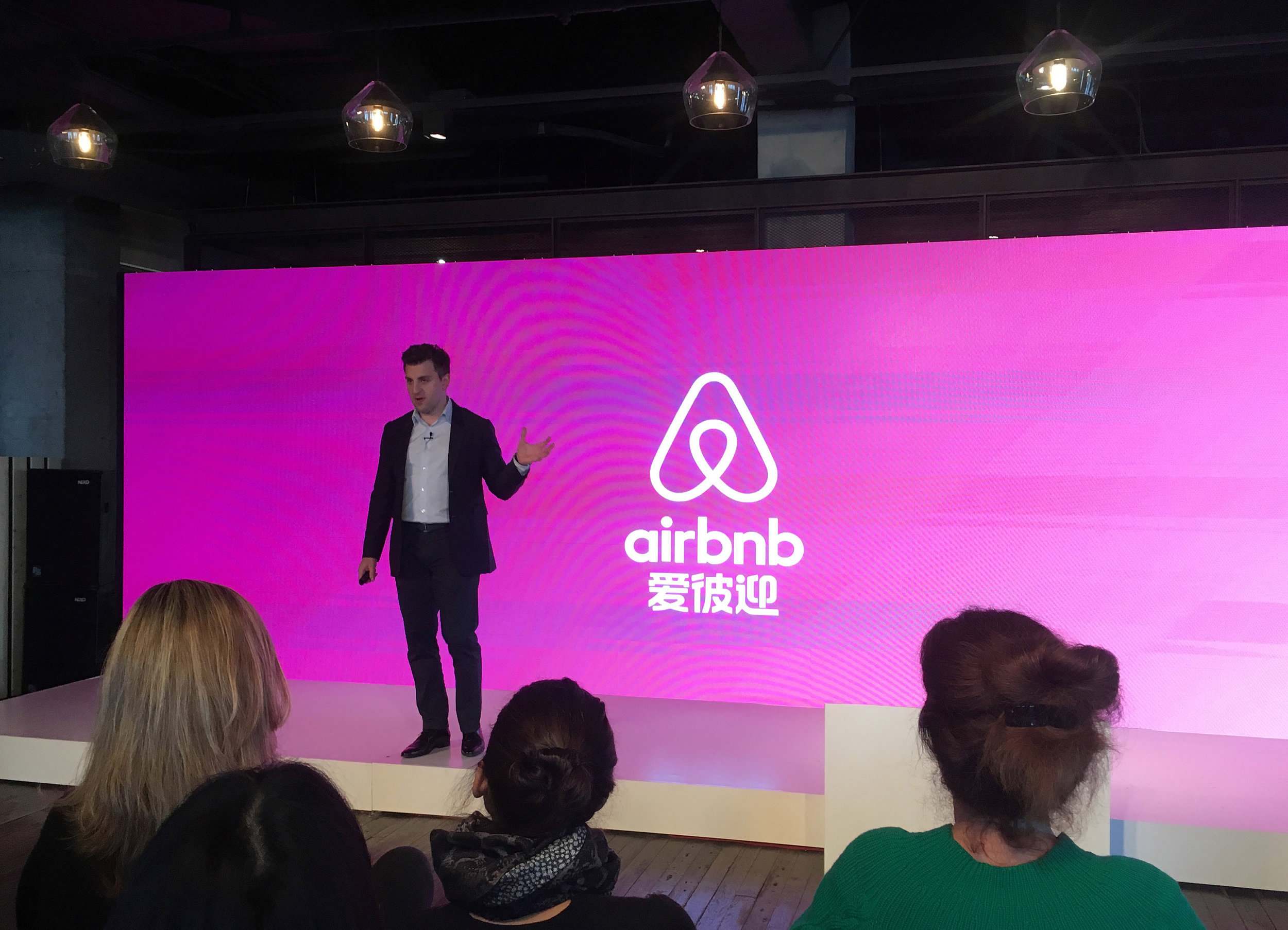
Airbnb Co-Founder and CEO Brian Chesky speaks at an event to launch the brand's Chinese name, in Shanghai, China, March 22, 2017. /VCG Photo
Airbnb Co-Founder and CEO Brian Chesky speaks at an event to launch the brand's Chinese name, in Shanghai, China, March 22, 2017. /VCG Photo
When Aibiying was announced earlier this year, netizens on Weibo were quick to voice their dissatisfaction with a name they found ugly, hard to pronounce and “overly loving” – one commenter described it as “horrible,” while another said “you guys need a Chinese language consultant.”

SITEMAP
Copyright © 2018 CGTN. Beijing ICP prepared NO.16065310-3
Copyright © 2018 CGTN. Beijing ICP prepared NO.16065310-3